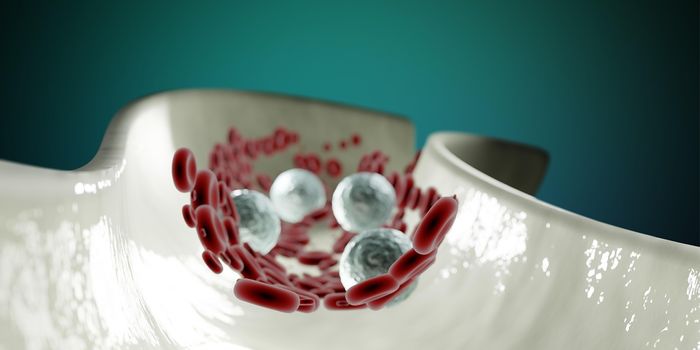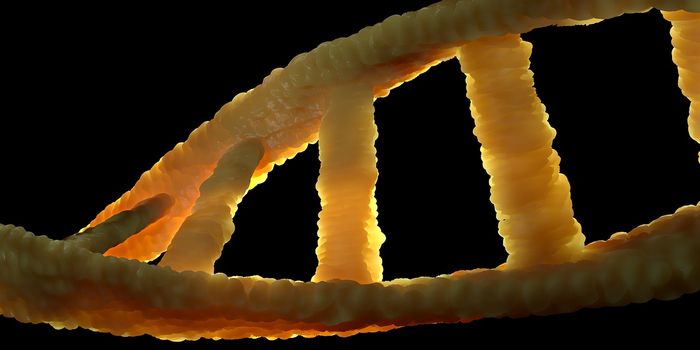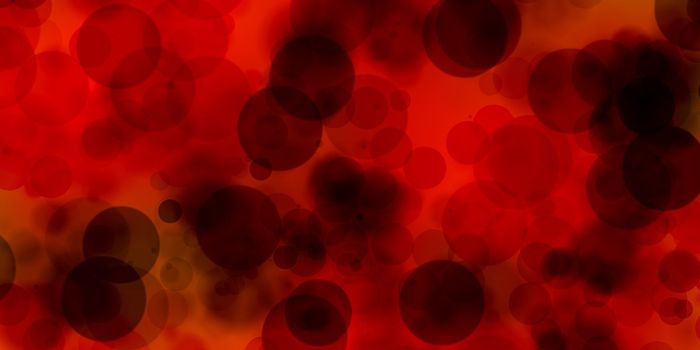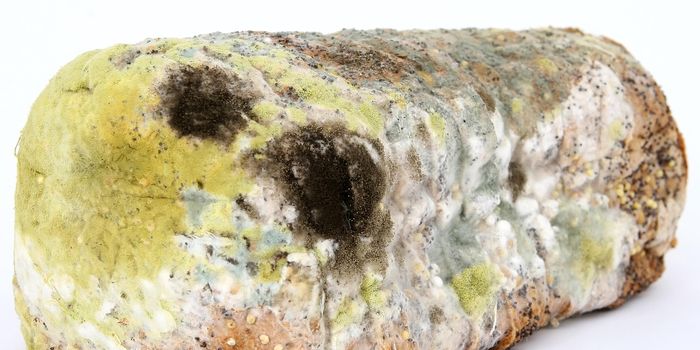When humans go to sleep, their immune cells come out to play. A new study from the WPI Immunology Frontier Research Center at Osaka University in Japan now shows how T and B cells migrate between the lymph nodes and the bloodstream at specific times in response to nervous system signals that come through the lymph nodes.
The Osaka University researchers conducted their study with mice, who are active at night and sleep mostly during the day. They saw that T and B cell activity in the bloodstream spiked during the day and decreased at night, where most of the cells spent their time in the lymph nodes receiving their “briefing” of any newly-encountered antigens.
This briefing is facilitated by specially-designed antigen-presenting cells (APCs) that reside in the lymph nodes. If APCs present an antigen that T or B cells recognize as foreign or dangerous, the lymphocytes reenter the bloodstream with a purpose. For T cells, it’s the cell-mediated response involving helper and effector cells that target the foreign invader directly. For B cells, it’s the humoral response that produces antibodies specifically designed to hunt, flag down, and neutralize invaders.
Researchers saw a stronger immune response in mice that were injected with antigens at night compared to those injected during the day, a response thought to be because a large majority of the body’s T and B cells were already congregated in the lymph nodes where antigen-presenting cells could turn around and consult the T and B cells concerning the injected antigens.
The tendency for T and B cells to be in the bloodstream or the lymph nodes at specific times was found to be controlled by a neurotransmitter called noradrenaline, which is released from the adrenergic nerves that supply the lymph node organs with nerves. Noradrenaline activates the Beta-2-adrenergic receptor molecules on the surface of T and B cells, and this activation prevents the cells from leaving the lymph nodes into the bloodstream.
For mice, more noradrenaline is produced at night, causing the congregation of T and B cells in the lymph nodes. Because mice are nocturnal animals, Osaka University scientists rationalized that the period of maximized immune protection for mice via T and B cells rendezvousing in the lymph nodes would be at night. The T and B cell schedule would be different for humans since they are active mostly during the day, where they are more likely to encounter antigens.
The connection between the adrenergic nervous system and the immune system presented in this study’s finding is unparalleled, and future studies focusing on human T and B cell cycles could lend more insight into how the human body builds a strong immune defense.
The present study from Osaka University was published in
The Journal of Experimental Medicine.
Sources:
Rockefeller University Press, WPI Immunology Frontier Research Center, Osaka University
Image: Kazuhiro Suzuki









